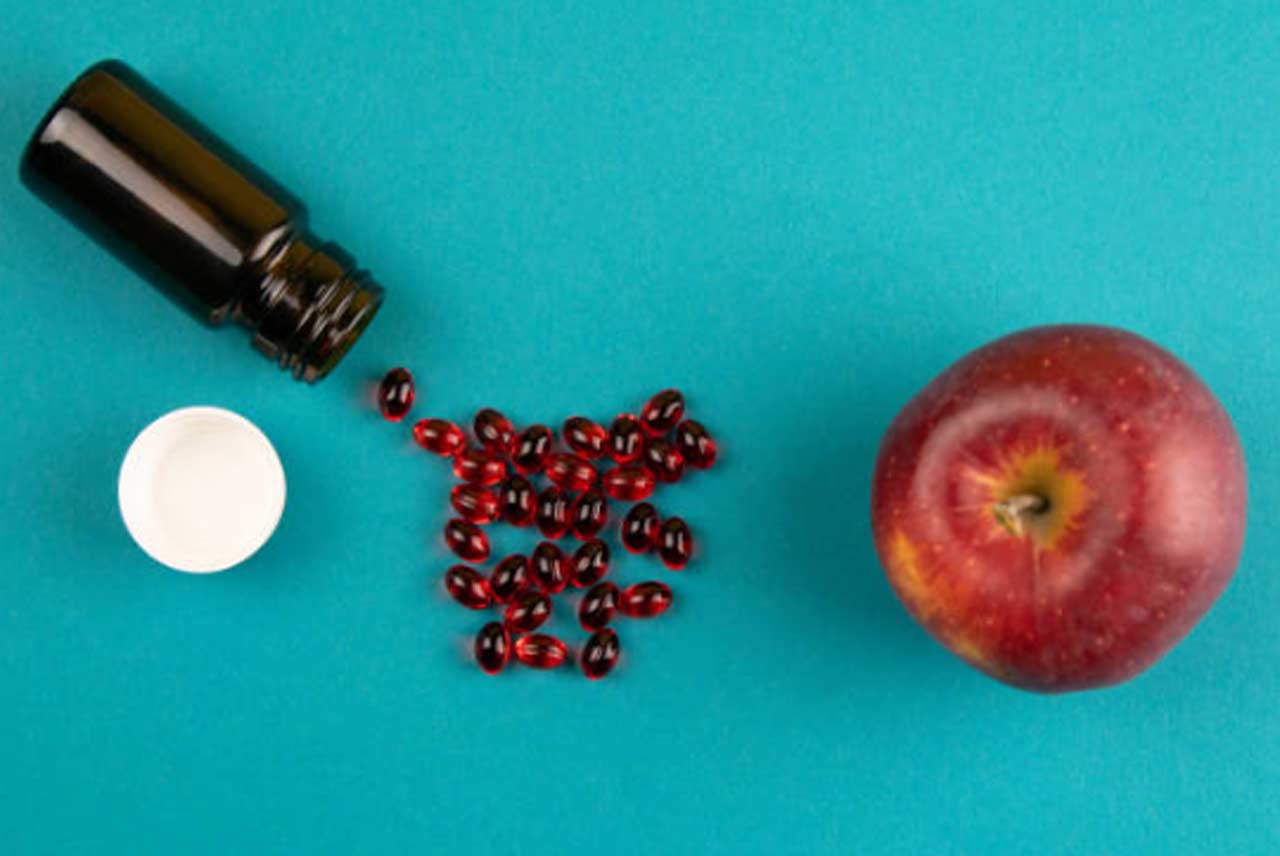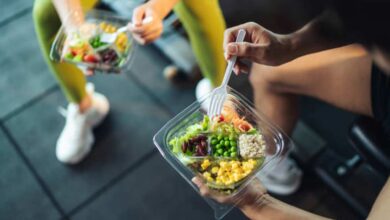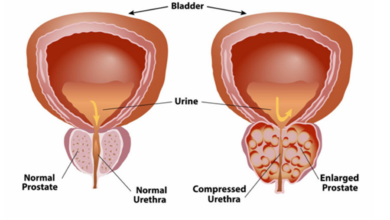When you have ADHD or certain other types of neurodivergence, buying, cooking, and eating your own food can be a nightmare. You can barely remember to eat in the first place, and you’re expected to use your non-existent executive function to plan meals? First, there’s list-making, shopping, prepping, cooking, and remembering to bring meals with you to work. Then, you’ve got to contend with all those dishes in the sink and leftover ingredients rotting in your fridge.
Even forgetting all that, eating with ADHD or neurodivergence is still a massive headache. Taste and textural sensitivities make new foods a meal-ruining Pandora’s Box of unwelcome gooey, sticky, crunchy, chunky, slimy surprises. Meanwhile, fast food and highly-processed snacks can provide the convenience and consistency you desperately crave. Home- and restaurant cooking are wild cards, but a perfectly predictable Chicken McNugget or Cheez-It feels like a godsend.
There’s just one major problem: between skipping meals and binging on high-processed foods, you can really harm your health. An ADHD-er absorbed in a side-quest might easily forget to eat breakfast and dinner, then gorge on unhealthy snacks. All that extra sugar, salt, and fat can really add up, leading to a higher risk of diabetes, hypertension and other health problems. Here are some ways to eat a bit more nutritiously, even when you’re managing ADHD.
1. Add, Don’t Subtract
The easiest way to squeeze more nutrition into your diet is to eat more healthy foods, wherever you can. Eating more fruits, vegetables, lean proteins, and whole grains can help you get more of the macronutrients, vitamins, and minerals you need. You don’t need to replace your “safe” foods; just add a little side dish of salad or a piece of fruit. Before you know it, you’ll be getting your five fruits and veggies every day, with very little effort.
Filling up on fruits and vegetables first can, over time, lead you to eat less of the other, less healthy stuff. But your main goal should be incorporating new, nutrient-dense foods, not eliminating old ones. Allow yourself to eat what you crave, but make it a rule that you’ll always add a little something extra. Let it become an automatic habit — one you don’t have to stress about when you’re deciding what to eat.
For example, if you’re fixated on milkshakes or yogurt, try stirring or blending in a bit of healthy green powder. If you’re obsessed with chicken tenders, get your favorite fast food brand, chop them up, and throw them in a salad. Chips, crackers, and cheeses go great on charcuterie boards, with sliced apples and grapes or sliced bell peppers, celery sticks, and carrots. Don’t be afraid to experiment to see which fruits and veggies go best with your favorite hyperfixation foods.
2. Swap It Out
As you start to adjust to these changes, consider slowly swapping out some of your favorite food standbys. Some foods do more damage than others, and you could see big health benefits by (at least sometimes) cutting them out. A replacement need not be permanent: it’s OK to feed some of the cravings that come up. But you can improve your overall eating pattern by making some gentle, occasional changes to the worst offenders in your dietary profile.
For instance, maybe you have a tendency to eat highly processed chocolate candy, cake, or cookies. In that case, you could try switching to dark chocolate (with a side of fruit) every once in a while. Or maybe you love fast food French fries, in which case, you can still have them when you really want them. But once and a while, consider popping some organic frozen fries in the air fryer instead.
The key with swaps is to look for the same consistency in these foods that you find in your regular hyper-fixations. A frozen fry brand, cooked with the same appliance and the same instructions, should always be pretty much the same. Some people may need more or less consistency than others, so this isn’t a hard and fast rule for every ADHD-er. But knowing what to expect sometimes can be comforting, especially when you’re making big lifestyle changes.
3. Stay Stocked
Perhaps the biggest food challenge for ADHD-ers (other than hyperfixation) is the cycle of skipping meals and binging. You get distracted or caught up in your work, and food becomes a chore or an obligation. You forget to eat for too long, then you’re suddenly overwhelmed with hunger and decision paralysis. You end up eating a whole box of saltines, instead of going to the grocery store and throwing something together.
To avoid the skip/binge cycle, stock your fridge and cabinets ahead of time with plenty of the meals and snacks you love. Pick things you’ll actually eat, and try to strike a good balance between comfort and nutrition. Don’t restrict yourself to just “healthy foods;” you’ll only end up ordering or running out to grab the thing you really want. Instead, make your kitchen a place you want to be, full of exciting treats — including some tasty fruits and vegetables.
If you have the means, try using a grocery delivery service to keep your kitchen stocked. Don’t feel guilty about outsourcing the incredibly overwhelming task of making that weekly trip to the grocery store. Planning ahead can be easier when all you have to do is keep a running shopping list going in an app. You have enough to deal with, with ADHD, so consider ticking “the sights, sounds, and smells of the grocery store” off your list.
Small Changes
One thing about ADHDers: they love to make huge, complex plans and then completely forget to follow through. You’ve probably written down approximately 467 pages of diet changes you’d like to make and never will. But research consistently shows that people are more likely to stick to slow, simple changes. Focus on the big picture by making small adjustments instead of trying to change everything all at once.









